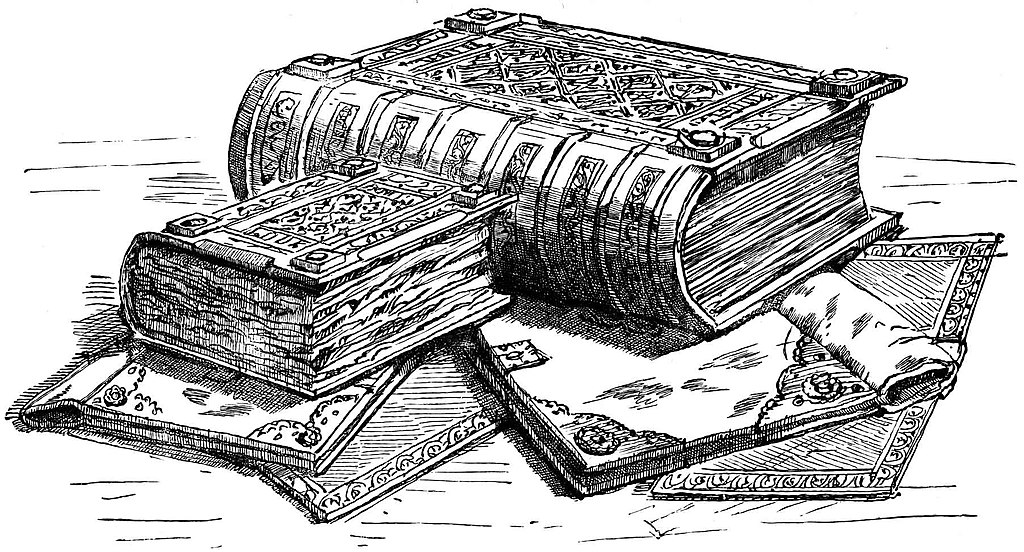On August 1, 1086, William I of England was given the results of his Domesday inquiry. This inventory, known as the Domesday Book, was a complete survey of all taxable land in England and Wales. It was a significant administrative feat, as previous kings had attempted to do this but failed to get everywhere. The Domesday Book provided a comprehensive record of land ownership and resources, crucial for taxation and governance.
William invaded England in 1066 and became King after he defeated Harold II at the Battle of Hastings on October 14 (it was just luck that his army was at Hastings! He didn’t plan it). He was crowned on Christmas day 1066 at Westminster Abbey (the coronation was sacrificed to ensure he was King). William reigned until he died in 1087. He had no children, so feudalism remained in place until the reign of Henry I.
William set up new laws throughout England, one of which allowed a baron to pay his eldest son £20 a year for life if the land should pass to him.
More Facts:
- William the Conqueror, a formidable military commander, achieved a significant victory at Hastings. This triumph marked the beginning of his reign as the King of England in 1066, during the Norman conquest of England, a pivotal moment in English history.
- After his victory at Hastings, William set about reconstructing his new realm’s political and administrative fabric.
- Although he was less successful in treating the Anglo-Saxons than in subjugating the Normans, William was a powerful ruler who presided over what has often been called a ‘golden age’ for England. This ‘golden age’ was marked by significant administrative reforms, economic stability, and cultural exchange between the Normans and the Anglo-Saxons.
- While not uniformly successful, William’s policies left a lasting impact on the English population. His initial popularity during the invasion waned after he ascended the throne, leading to a shift in public sentiment.
- After a decade of dissatisfaction with the Normans, a major revolt in northern England was known as the Revolt of the Earls in 1075. This revolt was led by powerful Anglo-Saxon nobles unhappy with William’s rule. It was successfully put down, but not before William had been injured and Henry I, Duke of Normandy, had been killed. The revolt highlighted the ongoing tensions between the Normans and the Anglo-Saxons and William’s challenges in maintaining control over his kingdom.

